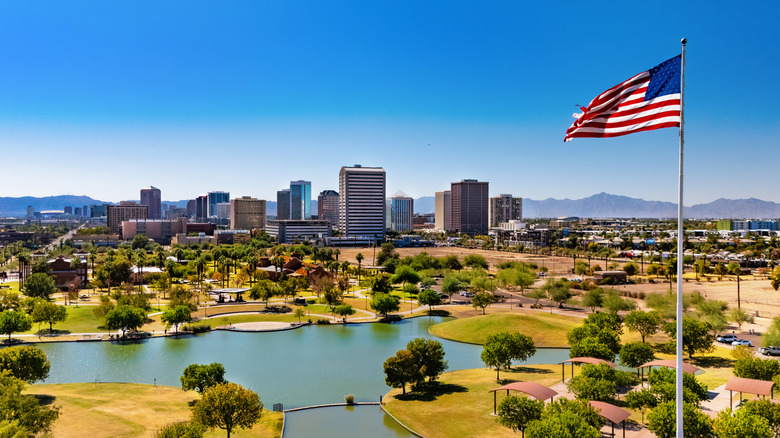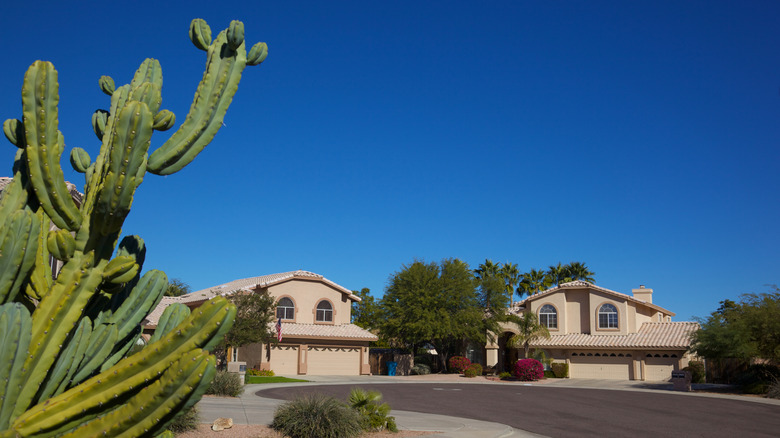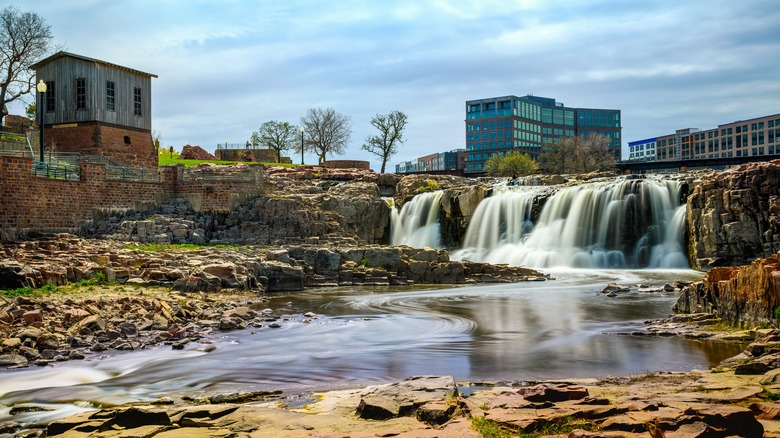A 2025 study by Oregon Generators has ranked the most and least affordable states in the U.S. It was good news for New Hampshire, Alaska, and South Dakota, but bad news for California, Hawaii, and, perhaps surprisingly, Arizona. The Grand Canyon State was ranked as the third most expensive state based on eight weighted factors including, but not limited to, median household income, groceries, taxes, home prices, utility costs.
The eye-watering price of California homes is already well-known. With a typical home value of nearly $800,000, even high-income earners in the state struggle to afford housing, the study found. Visitors are also thinking twice about traveling to the Golden State, with climbing gas prices being a key reason they’re reconsidering. Island living has long been expensive for Hawaii residents, and the costs continue to climb. Home values have surpassed those in California, and grocery bills exceed $300 per week, well above the national average. On top of that, visitors will have to pay a new tourist fee during their stay, which is aimed at offsetting the rising cost associated with the climate crisis.
So, what’s happening in Arizona? While housing prices are indeed climbing — especially in major metro areas — it’s the cost of medical care that’s scaring many residents. The study found that more than 18% of Arizona’s population has avoided seeking healthcare due to high costs.
The state of housing and healthcare in Arizona
The housing market in Arizona has skyrocketed in recent years. It doesn’t help that its population has swelled, largely driven by the trend of California residents relocating to the state. As new arrivals have snapped up available homes, housing inventory has shrunk and prices have soared. According to a study by Construction Coverage, Arizona experienced one of the highest increases in home prices nationwide, growing a staggering 123% in the last decade. This has left some residents in the position of having to choose between paying for housing or healthcare.
While Arizona’s healthcare costs are relatively low compared to other states — a study by international health insurance provider William Russell found that residents pay less than $7,000 per year — access to care remains a challenge. In recent years, the state has suffered a shortage of primary care providers, even as the population continues to grow. Additionally, a KFF study revealed that nearly 10% of Arizonians don’t have medical insurance, slightly above the national average, which increases their out-of-pocket medical expenses. Two million Arizona residents are also on Medicaid — over a quarter of the state’s population — fueling deep concerns about the impact of potential funding cuts to the program.




